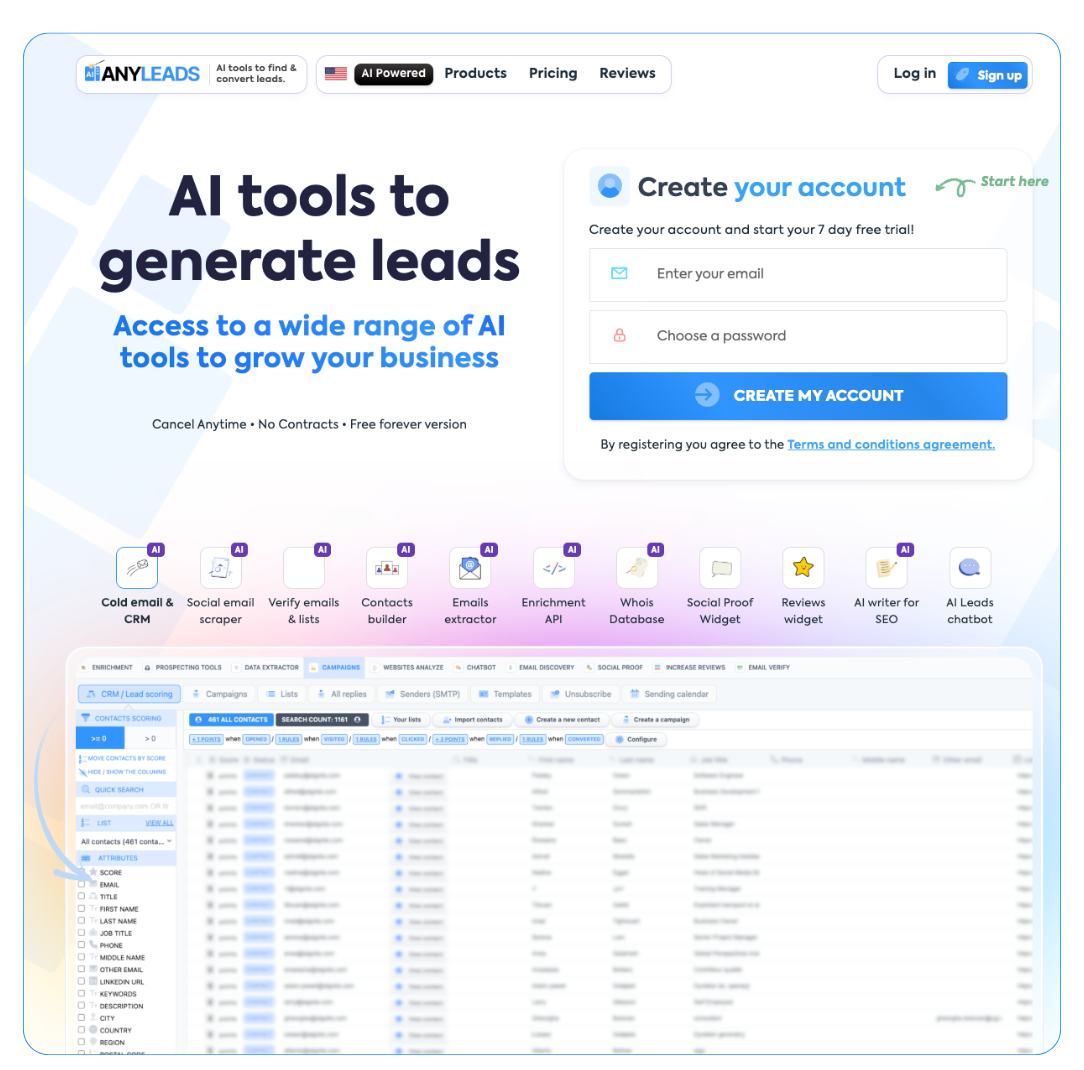 LIMITED SPOTS
All plans are 30% OFF for the first month! with the code WELCOME303
LIMITED SPOTS
All plans are 30% OFF for the first month! with the code WELCOME303

 LIMITED SPOTS
All plans are 30% OFF for the first month! with the code WELCOME303
LIMITED SPOTS
All plans are 30% OFF for the first month! with the code WELCOME303


Long lines, packed waiting rooms, and frustrated citizens—these are all too common at DMVs. But it doesn’t have to be this way. With the right digital tools,
DMVs can speed up service, manage foot traffic better, and improve the overall experience for everyone involved. From online bookings to real-time updates, technology now plays a major role in how public services operate.
In this blog, we’ll look at five simple but powerful tools that help DMVs cut wait times, reduce stress for staff, and serve citizens more efficiently.
The right solutions can help cut down wait times, improve staff coordination, and make the entire experience smoother for citizens. Below are five tools that help DMVs deliver faster and better service:
Qminder is a queue management system designed to help public service offices like DMVs manage foot traffic and improve the visitor experience. DMV queue management solutions such as Qminder allow citizens to check in remotely using a kiosk in kiosk mode, mobile device, or web browser. Once in the queue, visitors get real-time updates about their wait time through SMS or app notifications, reducing frustration and uncertainty.
DMV staff can also use Qminder to monitor wait times, track service patterns, and adjust staffing based on demand. Its centralized dashboard and detailed reporting tools help uncover trends and bottlenecks across locations.
Key Features:
Remote check-in via kiosk, mobile, or web
Real-time queue updates through SMS or app alerts
Customizable workflows and service categories
Multi-location support for statewide DMV branches
In-depth analytics on wait times and staff performance
Easy integration with scheduling tools and CRMs
Pros:
Easy to use for both staff and citizens
Keeps visitors informed and reduces walkouts
Useful reporting tools for continuous improvements
Cons:
May be more than needed for very small DMV offices
Pricing: 14-day free trial; paid plans start at $389/month. Custom pricing available for government agencies.
Acuity Scheduling is a simple, flexible tool that helps DMVs manage appointments without the hassle. Staff can create and share a booking link in minutes, while citizens get an easy way to choose the time that works for them.
The platform supports recurring appointments, intake forms, and advance payments if needed. It also syncs with popular tools like Google Calendar, Zoom, and QuickBooks. One standout feature is the “Look Busy” option, which helps manage how available your staff appears on the calendar.
Key Features:
Clean, beginner-friendly interface
Recurring bookings and customizable intake forms
Syncs with Google Calendar, Zoom, QuickBooks, and more
“Look Busy” setting to control visible availability
Mobile apps for both staff and citizens
Pros:
Easy to set up and use
Strong integrations with third-party apps
Cons:
No free version available
Limited design customization for the booking page
Pricing: Starts at $16/month for one user and location.
Square Appointments is a solid option for DMVs and public offices that need both appointment scheduling and payment processing in one tool. It’s especially useful for departments that collect fees during visits, like licensing or permit offices.
The app is built for mobile, with a clean interface that’s easy for both staff and citizens to use. It also includes built-in POS, automated reminders, and basic staff management tools—making it great for small teams trying to keep things organized.
Key Features:
Built-in point-of-sale system for on-site payments
Simple mobile interface for fast booking and check-ins
Online and walk-in appointment support
Resource and staff tracking features
Google Calendar integration
Pros:
Easy-to-use, mobile-first design
Payments and scheduling in one place
Cons:
Only supports Google Calendar integration
Payments must go through Square
Pricing: Free for one location; paid plans start at $29/month per location.
NextMe is a simple waitlist management tool that works well for DMVs looking to improve the in-person waiting experience. Its Virtual Waiting Room lets visitors check their place in line from their phone while giving your office a space to share updates, reminders, or even helpful links.
It’s a smart way to reduce crowding in waiting areas while keeping people informed and engaged. Plus, it comes with real-time updates and reporting features to help teams manage the flow better.
Key Features:
Virtual Waiting Room to show queue status and share info with visitors
Real-time waitlist management with fast check-ins
SMS notifications to alert visitors when it’s their turn
Reports to track visits and wait times
Integrates with POS and loyalty tools
Pros:
Free plan available for smaller offices
Engaging digital experience during the wait
Cons:
Advanced features only in paid plans
Basic plan lacks multi-location support
Pricing: Free plan includes core features and 100 SMS/month. Paid plans start at $49.99/month (billed annually).
DaySchedule is a flexible and affordable appointment scheduling tool that’s great for DMVs looking to create a more tailored booking experience. It lets you design branded booking pages, collect visitor information with custom forms, and manage group appointments—all from a centralized dashboard.
You can also connect it with your calendar, payment gateway, or video meeting platform, making it a well-rounded solution for managing citizen appointments with less manual work.
Key Features:
Custom booking pages with branding and intake forms
Group appointments and flexible user access controls
Real-time analytics to monitor performance
Integrates with calendars, payment systems, and video tools
Pros:
Budget-friendly plans for small and mid-sized DMVs
Strong integration options for scheduling and payments
Cons:
Free plan comes with limited bookings
Interface could use more customization features
Pricing: Free plan available. Paid plans start at $8/month.
Before choosing any digital solution, it’s important to know what really matters. The right features can make all the difference in speeding up services, reducing wait times, and improving citizen satisfaction.
1. Real-time queue tracking
This helps staff keep an eye on wait times and flow. It also gives visitors clear updates on where they stand in line.
2. Online appointment scheduling
Letting people book time slots in advance helps manage foot traffic and cuts down walk-ins.
3. Mobile check-ins
Tools that allow check-in from phones or kiosks reduce front desk congestion and save time for both staff and visitors.
4. Automatic reminders and alerts
These help reduce no-shows by reminding people of their appointments ahead of time via SMS or email.
5. Centralized dashboard for staff
A single view of appointments, visitors, and staff activity makes it easier to stay organized and make quick decisions.
6. Custom branding and forms
Branded booking pages and custom intake forms make the process more professional and tailored to your department’s needs.
7. Integration with calendars and payment systems
Syncing with tools like Google Calendar or payment gateways adds convenience and saves manual effort.
8. Reporting and analytics
Detailed data on wait times, peak hours, and staff performance helps with planning and improving services over time.


Digital tools are no longer a luxury for public service offices, they’re a necessity. From cutting down wait times to improving staff coordination, the right solutions help DMVs serve citizens faster and more efficiently. But success isn’t just about having technology.
It’s about choosing tools that fit your team’s workflow and your citizens’ needs. When services are easier to access and better organized, trust in public agencies grows.
Start by identifying your biggest bottlenecks, then explore digital tools that can solve them one step at a time. The payoff: smoother operations and a better experience for everyone.
What are digital tools used in DMV offices?
DMV offices use digital tools like appointment scheduling software, queue management systems, self-service kiosks, virtual waiting rooms, and automated SMS/email reminders. These tools help streamline operations and improve the visitor experience.
How do self-service kiosks benefit DMV visitors?
Self-service kiosks let visitors check in, select services, and update their information without staff assistance. This reduces lobby congestion, shortens wait times, and speeds up the overall process for everyone.
What is a virtual queue, and how does it work at the DMV?
A virtual queue allows visitors to join a line remotely using a mobile device or website. They receive real-time updates on their status, so they can wait from their car or another location until it’s their turn.